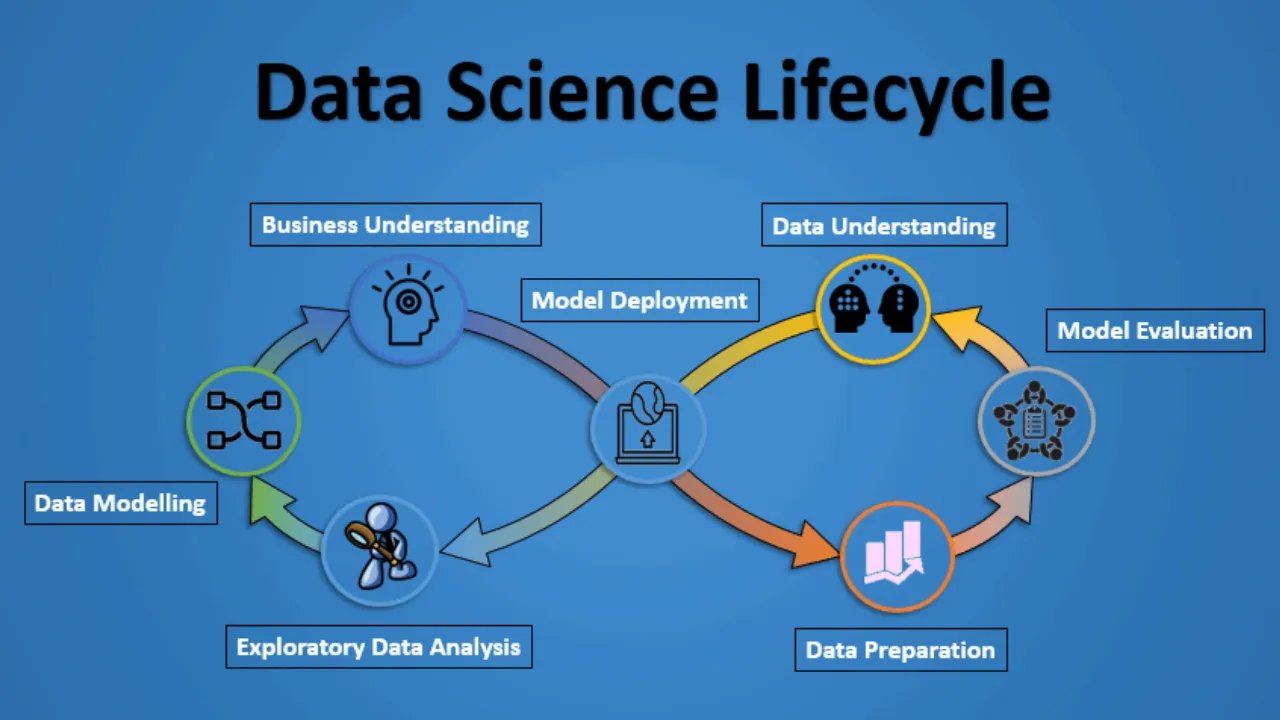A deeper look into just how automation adds value at each of the phases of the data life cycle and how automation at this level impacts the business (data) consumer.
In our previous article, “Improve Data Lifecycle Efficiency with Automation,” we discussed how and where automation takes place throughout the data lifecycle. We discussed each phase and summarized how automation has increased the speed and efficiency in how we identify, collect, integrate, and utilize information. In this piece and in the ones to follow, we will take a deeper look into just how automation adds value at each of the phases of the data life cycle and how automation at this level impacts the business (data) consumer.
The first step in the data lifecycle is the creation of enterprise data. This data can be created organically by those internal to the organization (e.g., creating new data records into an HR, payroll, operational or transactional system), acquired from outside the organization, and captured autonomously with no human intervention (e.g., sensor data.) Below we will focus primarily on the autonomous data creation and how that data impacts the individual/consumer of this data (e.g., how automation at this phase of the data lifecycle is providing value.) We will look at the creation of this information from two perspectives, a purely automated view as well as one where the data is input by human means and how automation can be used to validate the information at the capture point.
#analytics #big data #big data analysis tools #real-time decisions #trending now #automation
